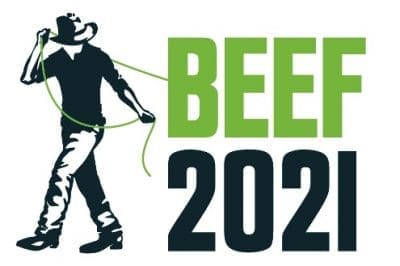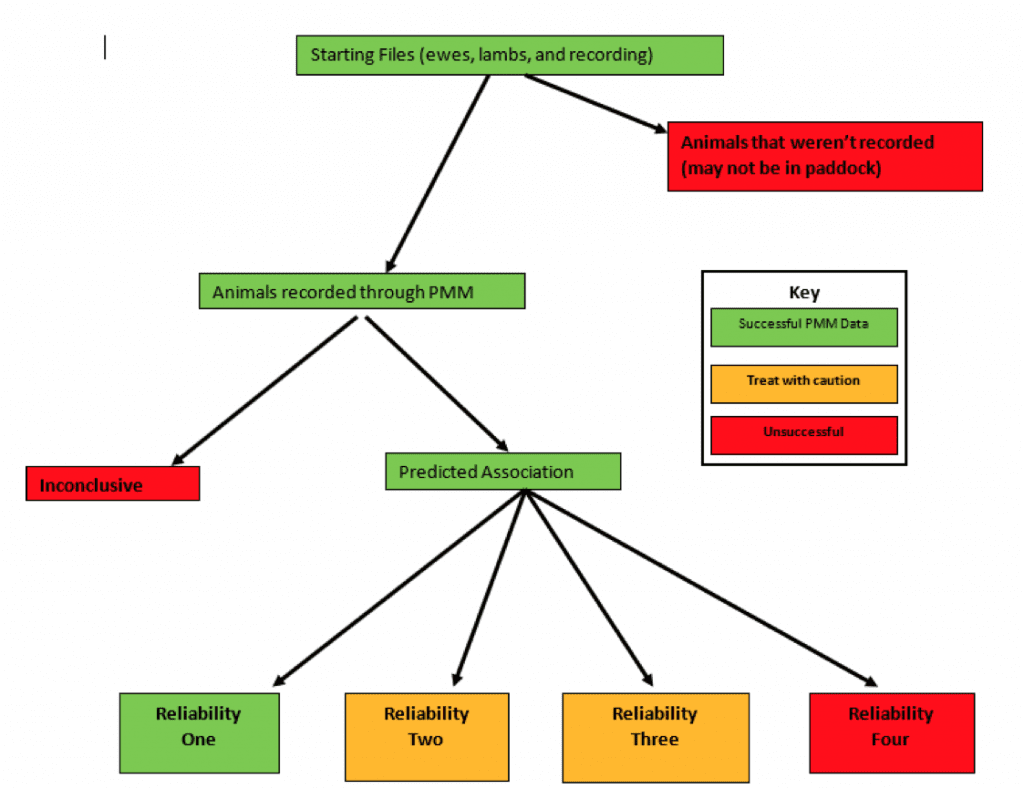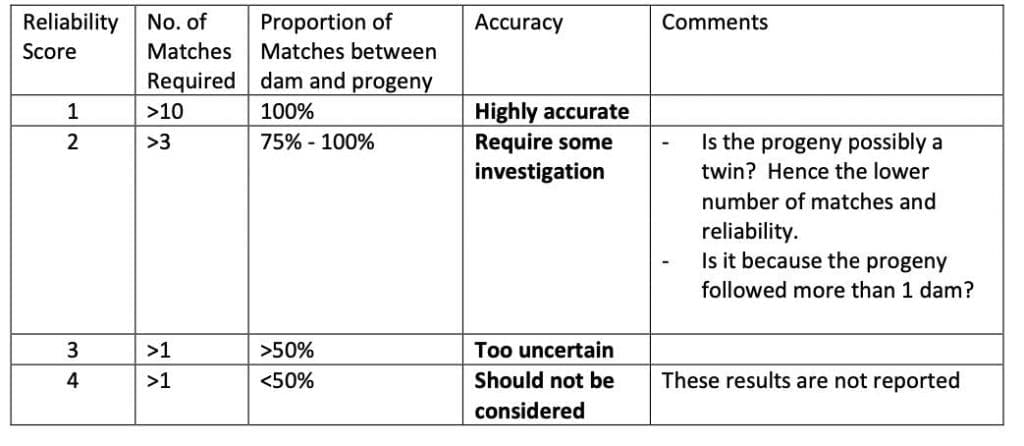THE speed of genetic improvement in breeding enterprises is determined by the accuracy and amount of data that can be collected within the program.
Pedigrees and EBVs can provide many insights into the potential that exists within a herd. However, there can be differences between ‘potential’ and ‘actual’.
Within commercial herds, the capacity to collect and use data to make decisions is limited by the data collected on female performance. While many producers record weaning weight averages, the length of joining and fertility rates, the opportunity to really identify and select for higher performing females is often missed.
This suggests that in most commercial programs, genetic selection is achieved largely through sire selection.
In recognising this as a potential area for beef operations to make some significant gains, the Colac Better Beef group, supported by MLA and Agriculture Victoria, undertook a three-year project as an Enhanced Producer Demonstration Site to explore a method of collecting maternal information commercially.
Underlying the application for the project, New Zealand research identified that up to 70pc of the variation in weaning weight is due to differences in dam milk production.
As an objective measure, kilograms of beef/breeder was used to establish a clear method of identifying higher and lower performing cows. This measurement combined with existing on farm practices, including focused sire selection and heifer management, was considered to be an effective strategy to select the superior breeders within a herd.
Sheep example
Using the successful example of the sheep industries’ use of Pedigree Match Maker (PMM), the project replicated the approach across a number of beef producer sites.
While familiar to many sheep producers, Pedigree Match Maker (see graphic above) is less well known in beef enterprises. The PMM method uses individual EID tags on both ewes and lambs. As the animals pass through a raceway, their weights are recorded and the animals matched to show the range of performance across the flock.
The software that PMM uses was developed by the Sheep CRC and works on predicting associations between ewes and lambs. The tag sequences are recorded for each ewe and the lamb immediately behind her. Based on the number of times that lamb follows the ewe, a reliability score is calculated.
This simple metric offers users the opportunity to review the collected data and consider the reliability and accuracy of the scores when making their selection decisions.
Highly reliable scores require numerous matches. As less records are taken results require some caution or further recording to make sound decisions.
Within the Colac Beef Groups project, this matrix was used as an initial starting point. Cattle were recorded across five properties, with mobs of various sizes being recorded.
Nursery groups
The project identified some variation across all the sites, with some animals quickly adapting to walking through the short race in order to access water or forage such as hay or silage. However, some interesting results occurred where calves may not follow their mothers to water, instead remaining in ‘nursery groups’ with a protective cow watching over them.
The project did prove that cow herds could be monitored using the PMM to accurately match calves with their dams. In a number of cases this matching was highly reliable with scores or 1, 2 and 3 recorded.
It also demonstrated that this form of EID monitoring in southern commercial beef herds could be undertaken with small groups or large numbers. This was shown with a demonstration site grazing up to 246 cows and calves.
The project identified timing of recording as an important consideration. Attraction to water was consistently the largest factor, so recording over spring/early summer is seen to be preferable, particularly in southern areas.
The recording system – raceway, weigh platform and reader – need to be in operation for around 30 days. The project identified a 94pc accuracy at that point.
One of the other key points that was raised throughout the project was the cost of collecting these records. It was highlighted in the MLA report that producers did raise the cost and risks associated with weighing and tagging calves, which was why it was so uncommonly done in commercial herds.
An analysis of the costs associated to seta PMM system in place suggests that to achieve a Return on Investment of 3:1, producers would have to achieve less than a 3pc increase on calf growth rate from birth to weaning.
With more accurate genetic selection of sires, and greater selection pressure on the cow herd, this 3% increase is more than achievable for many herds.
It is worth considering that this data can add to the opportunities for producers to improve productivity and profitability. However, it’s also important to remember that this data is really only that useful when it’s used as part of an overall genetic improvement focus and as part of the selection decisions made on farm each year.
 Beef 2021 countdown
Beef 2021 countdown
I will be joining the Beef Central team in making my first visit to the Beef 2021 event in Rockhampton next month, and look forward to meeting beef industry stakeholders from across Australia at the various genetics seminars and briefings I will be attending. Please get acquainted!
 Alastair Rayner is the Principal of RaynerAg, an agricultural advisory service based in NSW. RaynerAg is affiliated with BJA Stock & Station Agents. He regularly lists and sell cattle for clients as well attending bull sales to support client purchases. Alastair provides pre-sale selections and classifications for seedstock producers in NSW, Qld and Victoria. He can be contacted here or through his website www.raynerag.com.au
Alastair Rayner is the Principal of RaynerAg, an agricultural advisory service based in NSW. RaynerAg is affiliated with BJA Stock & Station Agents. He regularly lists and sell cattle for clients as well attending bull sales to support client purchases. Alastair provides pre-sale selections and classifications for seedstock producers in NSW, Qld and Victoria. He can be contacted here or through his website www.raynerag.com.au


